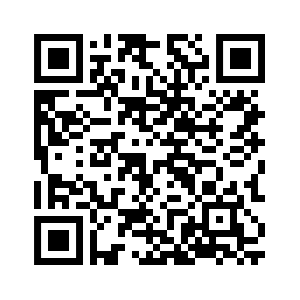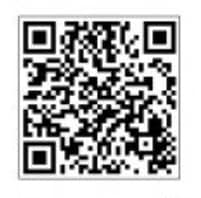What is IEEE 802.11 Wireless LAN(WLAN) technology?
The Wireless local area network (WLAN) protocol, IEEE 802.11, and associated technologies, such as the 802.11X protocol, allow secure high-speed wireless network access and mobile access to a network infrastructure. Until the recent development of this technology , in order to obtain high-speed network access , we needed to be physically connected to the LAN with some type of wiring. Not anymore.
Some of the Wireless LAN Technologies are shown in the figure below:

Some of the specific benefits of implementing a WLAN are included in the following:
● Wireless connections can extend or replace a Wired infrastructure:
The wiring-free aspect of wireless LAN networking is very attractive as you can connect the various computers in your home together without having to drill holes and pull network cables through walls and ceilings.
● Increased productivity for the mobile employee:
The mobile user whose primary computer is a portable computer can change location and always remain connected to the network. This enables the mobile user to travel to various places let it be meeting rooms, hallways, lobbies, cafeterias, classrooms, and so forth.
● Easy access to the Internet in public places:
Beyond the corporate workplace, access to the Internet and even corporate sites can be made available through public wireless “hot spot” networks.

(Layout of WLAN Infrastructure)
Some of the requirements for a secure WLAN are as follows:
• A standard TCP/IP network environment.
• Active Directory, to store account properties and validate password-based credentials.
• Remote Authentication Dial-In User Service (RADIUS) support, to provide centralized connection authentication, authorization, and accounting.
• A certificate infrastructure, also known as a public key infrastructure (PKI) for authenticating the user of a wireless client computer or Smartphones etc.
CLICK HERE to know all about the different technologies under IEEE 802.11 WLAN.
Thank you for your feedback!
Please answer all questions.
RC01_Static Content : This text is only displayed on the editor page





